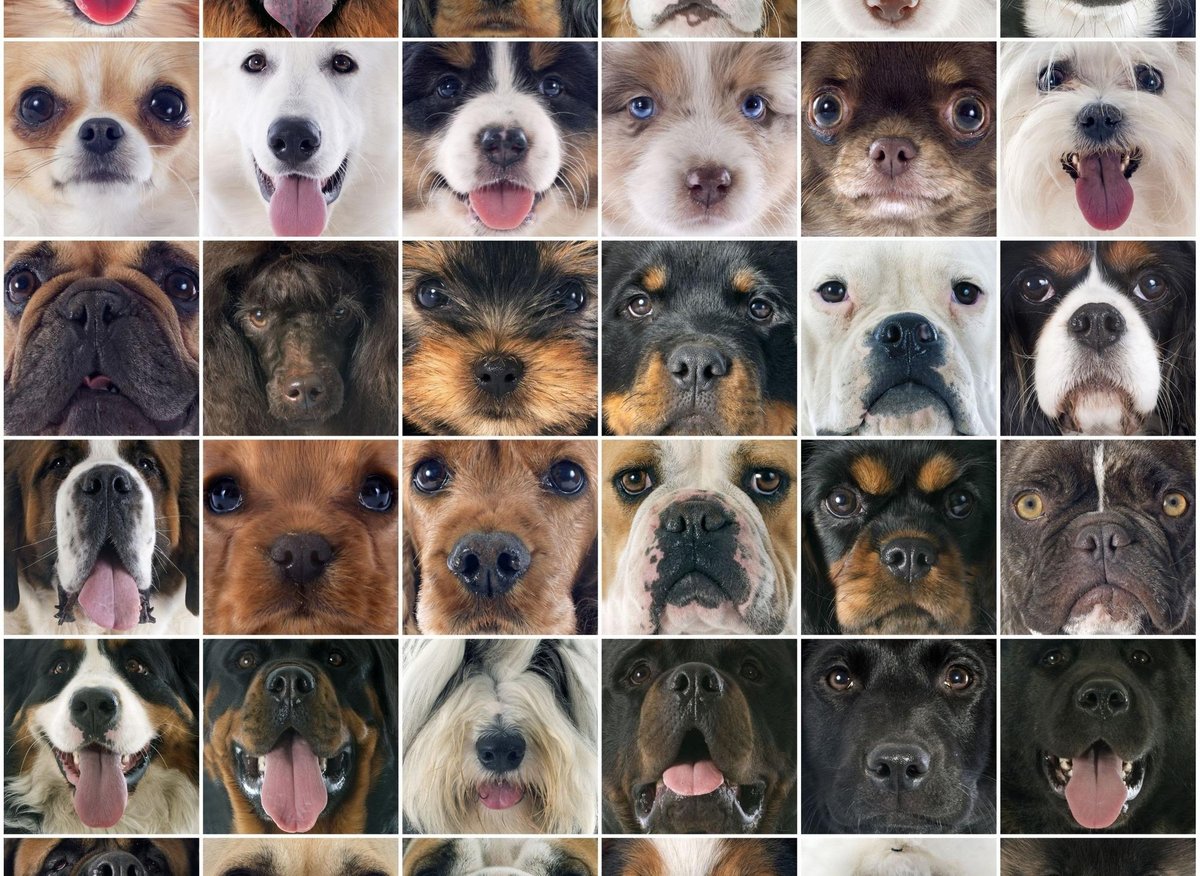If your dog has a pink nose, you may want to apply sunscreen to him. Dogs without fur, white fur or sparse hair are also at risk of sunburn, says a local veterinarian.
“I have seen a lot of sunburn in dogs,” said Dr. Ashley Brooks, Williamson County veterinarian. “I don’t think people realize this is something common.”
She said she had mostly seen white pit bulls with sunburnt pink noses.
The sunscreen that people should use for their dogs should contain non-toxic ingredients that are ingestible because dogs tend to lick their noses, Brooks said. There are sunscreens specially designed for dogs.
Overcrowded Austin Animal Center:A refuge in the face of the kennel space crisis
Related:Senior dog sanctuary receives donation from Georgetown millionaire
Fragrance-free children’s sunscreen may be safe for dogs, Brooks said. Ingredients in sunscreen that are toxic to dogs include zinc and para-aminobenzoic acid (PABA), according to the American Kennel Club.

Brooks said to avoid canine sunburn, keep your dog out of the sun when the rays are most intense between 9 a.m. and 3 p.m.
Sunburn in dogs is called canine solar dermatitis and, unfortunately, is a common dermatological disorder in hot, sunny climates, Nichols said. “Without treatment, irreversible damage or sun-induced skin cancer can develop. … The first signs are scaly lesions, which can be tender.”
Texas Laws:Abbott veto bill protecting dogs from dangerous restraints
A dog may need to be taken to the vet for treatment with steroids or other medications if they have bad sunscreen, Brooks said. Ice won’t help a dog’s sunburn and sometimes it’s best to let a mild sunburn heal on its own, she said.
Rhonda Minardi, owner of a senior dog sanctuary in Bertram, said she regularly puts sunscreen on the nose of a retired Dalmatian named Ashanti because the dog has pale skin. She also puts on sunscreen and a vest that cools the dogs on a husky named Tommy, she said.
“I use the baby sunscreen that I use for my grandchildren,” Minardi said. “It’s hypoallergenic and non-toxic. Dogs don’t pay attention to it and I don’t think it tastes or smells.”
She said she walked the dogs early in the morning before the sunlight got intense.
Canine aids:Dell Children’s New Medical Dog Program Helps Children in Critical Care and Cancer Units

Dog owners should also be careful of overheating their pets during the summer, according to vets. Some of the symptoms of heat-related illnesses include reduced activity and alertness, increased panting, and excessive drooling. If owners see any of these signs, they should contact a veterinarian.
The breeds most susceptible to heatstroke include Bulldogs, Akitas, and Huskies.
Other ways to protect dogs during the summer heat is to avoid hot sidewalks that could burn their paws.
“The darker the pavement, the warmer the sun will heat it,” said Dr. Douglas Kratt, president of the American Veterinary Medical Association. A great way to see how bearable the pavement is for pet owners, Kratt said.
Some dogs won’t say the pain they are feeling, he said, because they might just be trying to be “good boys.”
Homeowners should also watch out for fleas and ticks in the summer. especially since pets can develop diseases caused by ticks, including Lyme disease, according to PetCareRx.
This article contains information from Jordan Mendoza of USA Today.
Dog tips for summer
14 tips for caring for dogs in hot weather
1. Walk your dog before or shortly after sunrise or long after sunset when temperatures drop into the “tolerable” range.
2. Do not walk your dog right after finishing work at 5 pm just because it is convenient. In summer, the hottest part of the day is usually 2 p.m. to 6 p.m.
3. Test the pavement with your hand. Uncomfortably hot, maybe even hot? Your dog will feel the same.
4. Don’t think that a dog’s pads are impervious to heat. Fat tissue provides some insulation, but it conducts heat faster than cold.
5. Keep your dog indoors as much as possible during the day. Too much time outdoors can lead to everything from sunburn to dehydration or even heat exhaustion.
6. Don’t leave him outside because you know how much he loves the garden. As soon as you are gone, all those signs you perceive as happiness (jumping, wagging your tail) will disappear as he searches for a cool place to lay down.
7. Provide shade and plenty of water if you must leave your dog outside. Think of a half-full wading pool in the shade, changing the water daily.
8. Don’t assume that a tree or bush provides enough shade, or that a metal bowl left in the sun will contain the equivalent of a day’s water.
9. Be careful when hiking with your dog. Bring dog-friendly snacks, plenty of water, and a bowl.
10. Don’t think that just because you can climb Camelback Mountain in the heat of the day, your dog can do it too. The dogs will follow you to the ends of the earth. This is one of the reasons Phoenix closes its trails to dogs when temperatures hit 100 degrees.
11. Know the signs of heat exhaustion and heat stroke. Watch for gasping, fast heartbeats, muscle tremors, wobbly walking and more.
12. Don’t ignore these signs. Heat stroke can be fatal.
13. Leave your dog at home while you go shopping.
14. Don’t take your dog with you because you’re sure he’ll be fine in the car for a minute or two when you step into the store. Temperatures rise quickly in the oven which is a parked car, and breaking a window doesn’t help. Do not leave a child, dog, or other living, breathing thing in a car. Never.
 Christ Yoder
Christ Yoder



